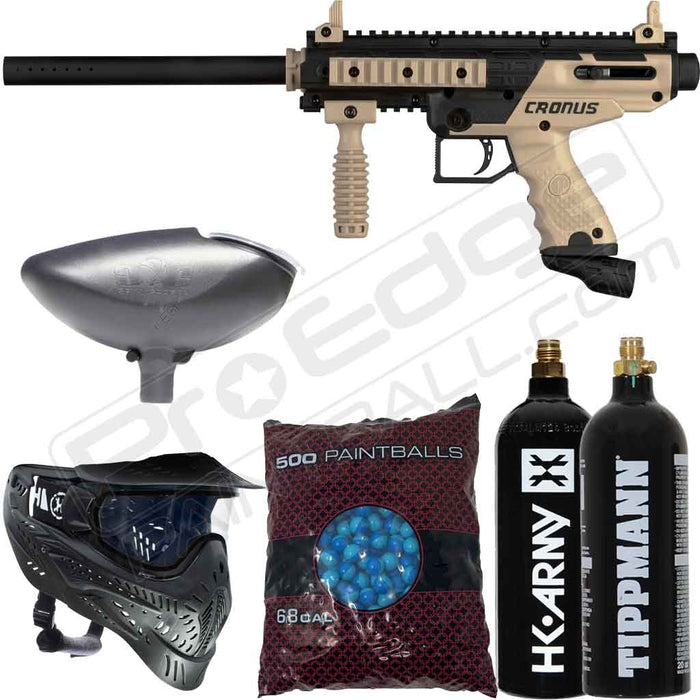Paintball has evolved from a basic game played in outdoor spaces to a thrilling sport enjoyed by millions across the globe. At the core of this stimulating activity are the paintball guns and tanks that players depend on to express their artistry and planning on the field. Whether you are a seasoned pro or a novice just plunging your toes into the paintball scene, understanding the nuances of these crucial pieces of equipment can greatly enhance your performance and enjoyment of the game.
In this thorough guide, we will explore the advancement of paintball tanks and guns, looking at the key characteristics to consider when picking the best gear for your approach. From the differences between CO2 and HPA tanks to the newest advancements in electronic markers, we’ll help you navigate the vast options available. Whether you’re looking for a dependable gun that won't jam, want to find the perfect tank for cool weather, or are eager about the best accessories to boost your game, our recommendations will empower you to make informed decisions. Brace yourself to discover the maximum capabilities of your paintball experience.
Choosing the Best Paintball Gun
Choosing the right paintball marker is crucial for your performance and fun on the arena. Beginners should focus on guns that are user-friendly, dependable, and affordable. Analog markers are often recommended for beginners due to their simplicity and ease of care. Additionally, knowing different firing mechanisms—such as blow-back or spool-valve—can help new players make informed decisions based on their style of play.
For players with more experience, the selection of a paintball marker becomes more intricate. What to look for includes features such as rate of fire, precision, and modification choices. Electronic paintball guns provide higher firing rates and improved precision but come with a steeper learning curve and maintenance requirements. Assessing your gameplay needs, whether it’s for speedball or woodsball, can guide you toward the most suitable gun that fits your playing landscape.
When considering which marker to purchase, also factor in the comfort and weight of the marker. A lightweight gun can enhance agility, especially in rapid scenarios. Additionally, adjustable features, such as triggers and stocks, can significantly impact user experience and efficiency. Researching brands and models along with reading reviews can lead to an informed choice that will elevate your paintball experience.

Grasping Paint Ball Cylinders
Paintball tanks are crucial components that provide the pressurized air needed to operate paint ball guns. The 2 major kinds of tanks used in paint ball are CO2 and HPA. Carbon dioxide cylinders are more conventional and are usually less expensive, making them a frequent choice for beginners. However, paintball CO2 canister are sensitive to temperature, which can lead to inconsistencies in performance as the temperature fluctuates. HPA cylinders, on the contrary, offer more stable pressure and performance across a broader range of conditions, making them a popular choice among experienced players.
When picking a paint ball cylinder, it is important to consider dimensions and capacity. Tanks come in various sizes, typically measured in cubic inches, and the selection usually depends on the player's preferences and needs. Larger tanks provide more shots per fill, which is beneficial for extended play or situations where regular refills may not be feasible. Additionally, the material of the tank is important; light aluminum or carbon fiber cylinders can enhance mobility and reduce fatigue during games.
Caution is another important consideration when handling paint ball tanks. Regular checks for faults and ensuring that the tank's pressure specifications matches your gun's requirements can prevent incidents and improve functionality. Proper maintenance, such as keeping the cylinder tidy and checking for defects, will not only prolong the life of the tank but also ensure that players can enjoy their experience without disruptions due to equipment failure.
Upkeeping Your Paint Ball Equipment
Proper maintenance of your paint ball equipment is vital for ensuring longevity and peak functionality. After each game, it is vital to clean your paint ball gun meticulously. Begin by taking apart the marker according to the creator's instructions. Eliminate any color residue or debris from the cylinder, bolt, and other parts using a soft cloth or specific cleaning solutions designed for paintball equipment. Regular cleaning helps stop clogs and blockages, which can impact your shooting precision and reliability during matches.
Additionally, maintaining your paint ball tank is just as critical. Inspect the tank for any indications of deterioration, harm, or drips before each use. Ensure that the regulator is tight and functional, as any air leakage can compromise your ability on the ground. Wipe down the outside of the cylinder and check for marks or dents that may suggest internal issues. Following safety protocols for cylinder storage and handling will help you avoid accidents and extend the life of your gear.
At last, consider planning occasional professional service for your paint ball gun and tank. Many repair centers offer check-ups and reviews that can catch likely problems before they become major problems. Replacing and fixing worn parts can maintain your gear's functionality. By putting time in the upkeep of your paintball gear, you ensure a happier and hassle-free time on the ground.
